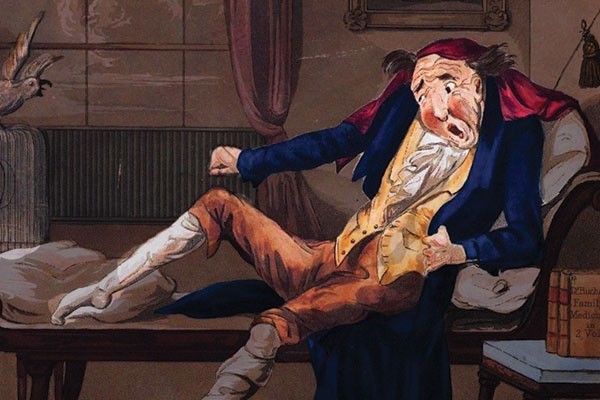I've always been phobic about spiders. Especially little ones. I usually let out a high decibel scream and continue to pant hysterically until it’s removed. I tried to rationalise to a friend that I’m scared it will crawl into my ear or another orifice. But then I realised – this was learned behaviour, my mother ALWAYS screamed at spiders.
So, unsurprisingly, I was really horrified when I felt something crawling around my scalp. Though my hair had been extra itchy for a few days, I put it down to new shampoo. I got a friend to have a look and to her disgust she saw something moving!
Head Lice! (pediculus humanus capitis)
Head lice are often spread through hair brushes, hats and shared clothing, including bed clothes. The lice can crawl from head to head and they have six claws.
Head lice tends to go in waves through dense populations. There’s a recent epidemic throughout the University. This March in Dunedin was uncharacteristically warm, helping the head lice to hatch. The mites themselves are very small, about 2mm, and live off our blood, sucking it through the scalp. They tend to congregate in the area just above our ears, and at the back of the neck.
There are differening ways of trying to find them
Look for the eggs. The female louse can lay up to 100 eggs six times a day. The unhatched eggs are dark, greyish dots. But the empty shells are easier to find. They are white, almost opaque, and are cemented to the hair follicle near the bottom. It is the tenacity with which the eggs cling to a hair strand which is the definitive diagnosis. Flakey skin and dandruff will brush off.
Otherwise, you can look for the lice. They will appear as small, grey-black dots (about 2mm) close to the scalp, and they will be moving. Or, for the more industrious of us, you can drown wet hair in three times the normal amount of hair conditioner, and use a “nit” comb to comb them onto a white paper towel. They will still be alive, just a little slippery.
If we don’t treat our little parasite they can multiply happily and complications can develop, such as dermatitis in the form of scaly plaques, secondary bacterial infections (pus filled sores) and tender swollen lymph nodes.
Malathion is the most common treatment. It comes as a spray or a cream, and is very effective. Shampoo in, wash off. Some people don’t like putting chemicals on their skin, and there are some “natural” products that are promoted for lice treatment. Tea tree oil applied to lice free hair has an excellent reputation for preventing infestation by stopping the lice from settling. Maybe their feet can’t get a grip!
A metal nit comb is a handy piece of kit. It costs around $10, and has metal prongs set close together. Good for combing out eggs and dead lice. Used in wet hair, it is very effective at removing lice and eggs.



